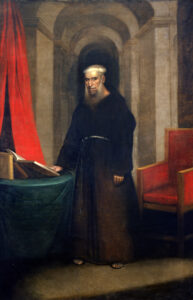Folklife

Courir de Mardi Gras
The courir de Mardi Gras is the rural celebration of Mardi Gras in Louisiana, usually held in Cajun communities

The courir de Mardi Gras is the rural celebration of Mardi Gras in Louisiana, usually held in Cajun communities
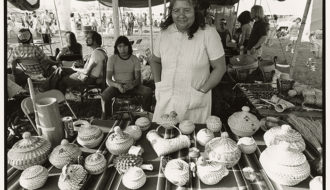
The skills of the Coushatta Tribe’s contemporary basket weavers have elevated this centuries-old utilitarian craft to a highly valued art form showcased in private and museum collections nationwide.

The Coushatta Tribe of Louisiana is the largest of four federally recognized tribal governments in Louisiana.

The Coushatta Tribe of Louisiana is the largest of four federally recognized tribal governments in Louisiana.
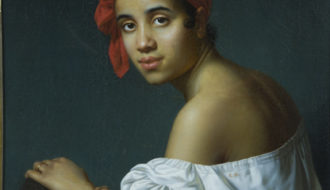
The term "Creole" has long generated confusion and controversy. The word invites debate because it possesses several meanings, some of which concern the innately sensitive subjects of race and ethnicity.
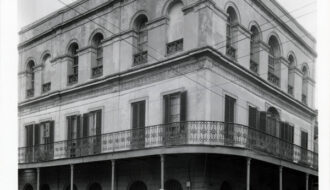
Delphine Macarty Lalaurie, of antebellum New Orleans, was notorious for the cruel treatment the people she enslaved.
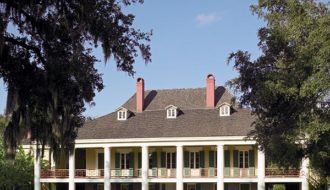
Established in 1787, Destrehan Plantation is the oldest documented plantation in the lower Mississippi Valley.
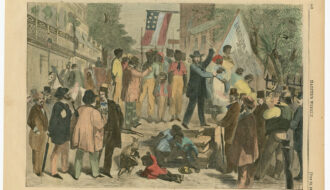
The domestic slave trade, central to the economic growth of Louisiana, destroyed enslaved people’s families, wreaked havoc in their communities, and killed many, despite their attempts to resist.
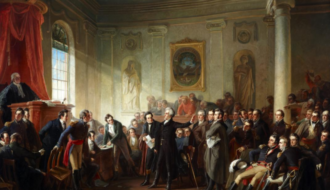
In 1813, Dominick Augustin Hall was appointed the presiding judge of the newly established Supreme Court of Louisiana.
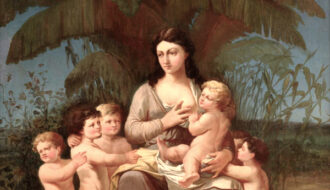
Born in Italy, Dominico Canova spent many years painting frescoes in banks, churches, and private homes in New Orleans and southern Louisiana.
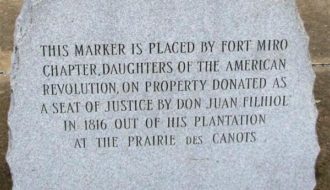
Don Juan Filhiol's most noted accomplishments are associated with the European settlement of the Ouachita River Valley and include the founding of the Poste d'Ouachita and Fort Miro, which later became Monroe, Louisiana.
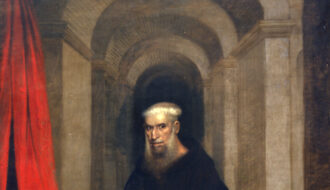
Edmund Brewster arrived in New Orleans from Philadelphia in 1819 and was recognized immediately as a talented young artist.
One-Year Subscription (4 issues) : $25.00
Two-Year Subscription (8 issues) : $40.00
